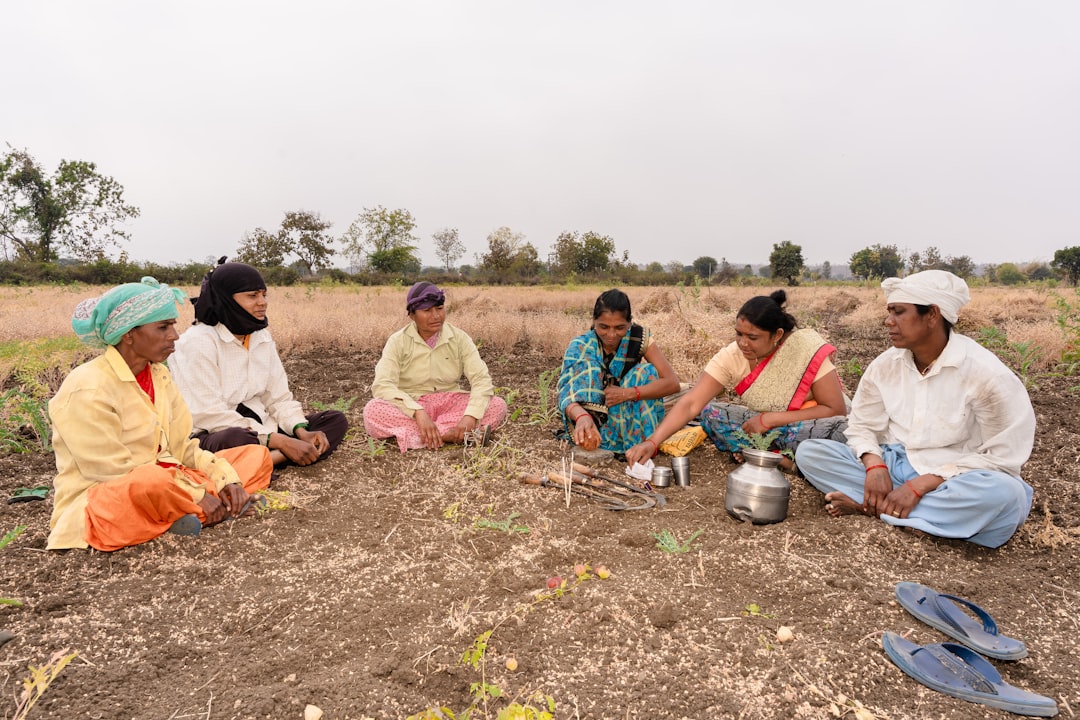In the global march towards sustainable economic development, Market Development Assistance (MDA) initiatives play a pivotal role. Whether it’s empowering smallholder farmers, enabling micro-entrepreneurs, or helping nascent industries gain traction, MDA programs aim to create functional, inclusive markets. But one crucial question often lingers: How do we measure the true impact of these initiatives?
Assessing the effectiveness of Market Development Assistance goes beyond monitoring output metrics like the number of beneficiaries reached or training sessions conducted. It involves understanding how much of the observed change—growth in income, employment, or productivity—can be directly attributed to the intervention. This is where the concepts of Attribution and Lift come into play.
What is Attribution?
Attribution refers to the process of linking outcomes to a specific intervention. When an MDA program leads to an increase in productivity or higher market participation, it’s critical to determine to what extent those changes were caused by the program, as opposed to other external factors.
This is especially important in market systems development where outcomes can be affected by a multitude of variables—policy changes, climatic conditions, or even macroeconomic shifts. Without a clear attribution strategy, we risk misidentifying the source of success (or failure), making it harder to replicate effective strategies or make informed funding decisions.
Understanding Lift
Lift is a term borrowed from the realms of marketing and experimental design. It represents the incremental impact of an intervention—essentially, the change in outcome among those exposed to the intervention compared to those who were not.
In the context of MDA, measuring lift is about answering this question: How much better off are the beneficiaries because of the program?
- If farmers saw an average income increase of 15%, but similar farmers with no assistance gained 10% due to favorable crop prices, the lift of the intervention is only 5%.
- Lift helps us control for background trends and isolate the real value added by the intervention.
Both attribution and lift are essential in assessing genuine impact. Let’s dig deeper into the tools and techniques for measuring them effectively.
Approaches to Measuring Attribution
Several approaches help evaluators distinguish the actual effect of an intervention within complex systems.
1. Randomized Controlled Trials (RCTs)
Often considered the gold standard, RCTs randomly assign participants to either a treatment or control group, enabling a high level of confidence in the causal relationship.
- Advantages: High precision and strong evidence of causality.
- Disadvantages: Expensive, time-consuming, and sometimes ethically or practically infeasible in real-world development settings.
2. Quasi-Experimental Designs
When RCTs aren’t possible, quasi-experiments—like propensity score matching or difference-in-differences—can provide reliable estimations with existing data.
- Allows adjustment for confounding variables without needing random assignment.
- More flexible but less robust than RCTs in controlling for hidden biases.
3. Theory-Based Evaluation
This approach builds a theory of change and uses qualitative and quantitative techniques to test whether the causal pathways performed as intended.
- Useful for: Complex, multifaceted interventions where multiple factors affect outcomes.
- Often involves: Key informant interviews, outcome mapping, and contribution analysis.

Techniques for Accurately Measuring Lift
Calculating lift requires comparison groups and baseline data but also demands a keen understanding of market dynamics. Here are some core techniques applied in lift measurement:
1. Pre-Post Analysis with Control Groups
This method analyzes changes before and after the intervention among both beneficiaries and a comparable control group. The difference between their performance reveals the lift.
2. Regression Analysis
Regression models can control for external influences and measure the unique contribution of an intervention to specific outcomes, providing an estimate of lift.
3. Natural Experiments
Sometimes, circumstances naturally separate participants into treatment and non-treatment groups. These moments can be leveraged to estimate lift without formal experimentation.
Challenges in Measuring Impact
While the techniques are sound, several real-world hurdles complicate attribution and lift measurement.
1. Market Dynamism
Markets are constantly evolving, and isolating the signal from the noise can be difficult. Identifying whether changes stem from the program or broader market trends is a persistent challenge.
2. Spillover Effects
Some interventions have indirect benefits that spill over to non-participants. For example, if one group of farmers adopts better storage techniques, market prices may stabilize, benefiting even those not in the program.
3. Data Constraints
Access to reliable, timely data is often a bottleneck. Many rural or informal markets lack the infrastructure for consistent data collection, making it harder to establish accurate baselines or validate assumptions.
Incorporating Attribution and Lift into Program Design
The best time to plan for measuring attribution and lift is before the program begins. Incorporating an evaluative framework into the design phase ensures alignment between goals, metrics, and methods.
Key Recommendations:
- Design with comparison in mind: Create treatment and control structures early, even if informally.
- Capture baselines: Well-documented pre-intervention data allows for more reliable estimation of lift.
- Use mixed methods: Combine quantitative data with qualitative narratives to validate findings and add context.

Communicating Results to Stakeholders
Once attribution and lift have been measured, the next step is translating findings into actionable insights. Funders, governments, and implementing partners are keen to know what worked, how, and whether it can be scaled.
High-quality reporting should cover:
- Explanation of the methodologies used and their limitations.
- Clear presentation of results, emphasizing both the size and the significance of lift.
- Discussion on causal pathways, reinforced by real-life stories or case studies.
Using visuals such as before-after charts, control-treatment comparisons, and geographical mapping can make reports more engaging and accessible across audiences.
The Future of Impact Measurement in Market Development
With evolving technologies and data analytics, the future of impact assessment in market development looks promising. From satellite imaging for agricultural productivity to machine learning models predicting income changes, innovation can help refine attribution and lift estimation with greater accuracy and lower costs.
Moreover, the growing emphasis on adaptive management—an iterative approach to development—will rely increasingly on real-time impact assessment. This puts even more importance on mastering the tools and concepts behind attribution and lift.
Conclusion
Ultimately, getting attribution and lift right isn’t just about numbers—it’s about accountability, learning, and growth. For practitioners and stakeholders working in Market Development Assistance, these metrics help demystify what change happened, why it happened, and how similar results can be replicated elsewhere.
By embracing rigor in measurement and clarity in communication, we take one step closer to more impactful, inclusive, and sustainable development interventions.



